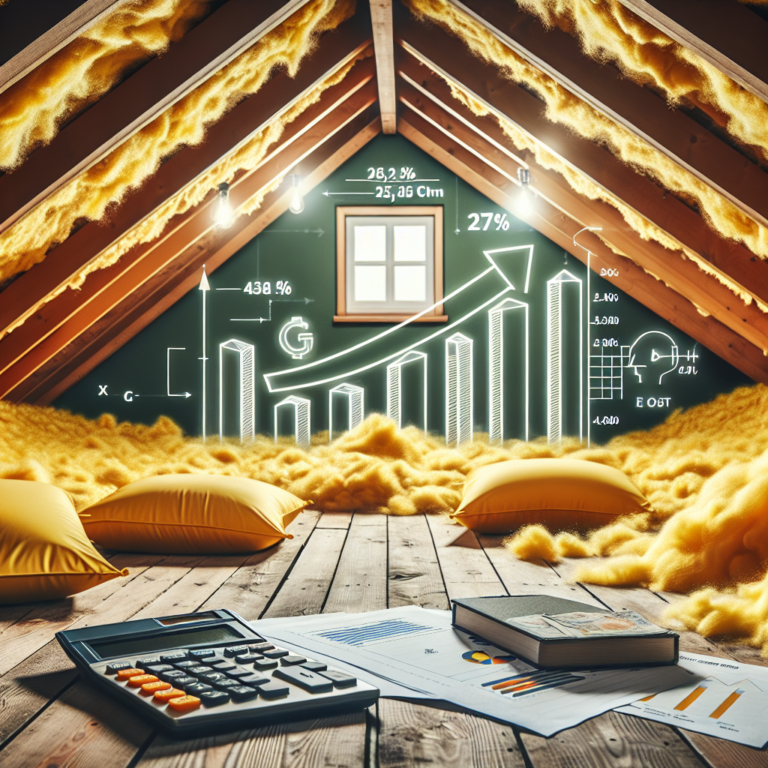How to Save Energy with Insulation

Table of Contents
- Introduction
- Understanding Insulation and Energy Savings
- Benefits of Proper Insulation
- Step-by-Step Guide on Installing Insulation
- FAQ
- Conclusion & CTA
Introduction
Reducing energy costs while increasing the comfort of your home can be efficiently achieved through proper insulation. This guide provides essential tips and insights on how insulation can be a cost-effective solution for energy conservation.
Understanding Insulation and Energy Savings
Insulation plays a critical role in minimizing the heat exchange between your home and the outside environment. Quality insulation acts as a barrier, reducing the amount of heat that escapes in the winter and preventing heat from entering during the summer. By maintaining a more consistent internal temperature, your heating, ventilation, and air conditioning (HVAC) system requires less energy to heat or cool the home, leading to reduced energy costs and an environmentally friendly living space.
Benefits of Proper Insulation
- Enhanced thermal comfort throughout the year.
- Significant reduction in monthly energy bills.
- Reduced carbon footprint and support for environmental sustainability.
Step-by-Step Guide on Installing Insulation
Step 1: Preparation
Before installing insulation, assess the current insulation levels and condition in your home. Identify areas with deficient insulation or energy leaks, such as attics, walls, and floors. Choosing the right type of insulation material and calculating the required amount are also crucial steps.
Step 2: Execution
Determine whether you can DIY or need professional help. For walls and attics, options like fibreglass batts, rolls, or blown-in insulation are prevalent. Ensure that the installation covers all gaps and avoids thermal bridging—where the conductive materials bypass insulation, leading to energy leaks.
Step 3: Finishing Touches
After installing the insulation, seal any air leaks around windows, doors, and light fixtures with caulking or weatherstripping. Consistently check and maintain insulation to ensure it remains dry and intact, as moisture and damage can degrade its effectiveness.
FAQ Section
Q: How long does insulation last?
A: Properly installed and maintained insulation can last over 100 years, but many factors, such as material type and environmental conditions, can affect its lifespan.
Q: What are the costs associated with insulating a home?
A: Costs vary depending on the insulation material, installation area, and whether professional services are employed. On average, homeowners may spend between $1,500 and $2,500 for comprehensive home insulation.
Conclusion & Call to Action
Insulating your home is a proactive step towards energy conservation, cost savings, and enhanced indoor comfort. By understanding and implementing the right insulation techniques, you can enjoy the long-term benefits it offers.
CTA: Ready to reduce your energy bills? Book a free insulation inspection today!




